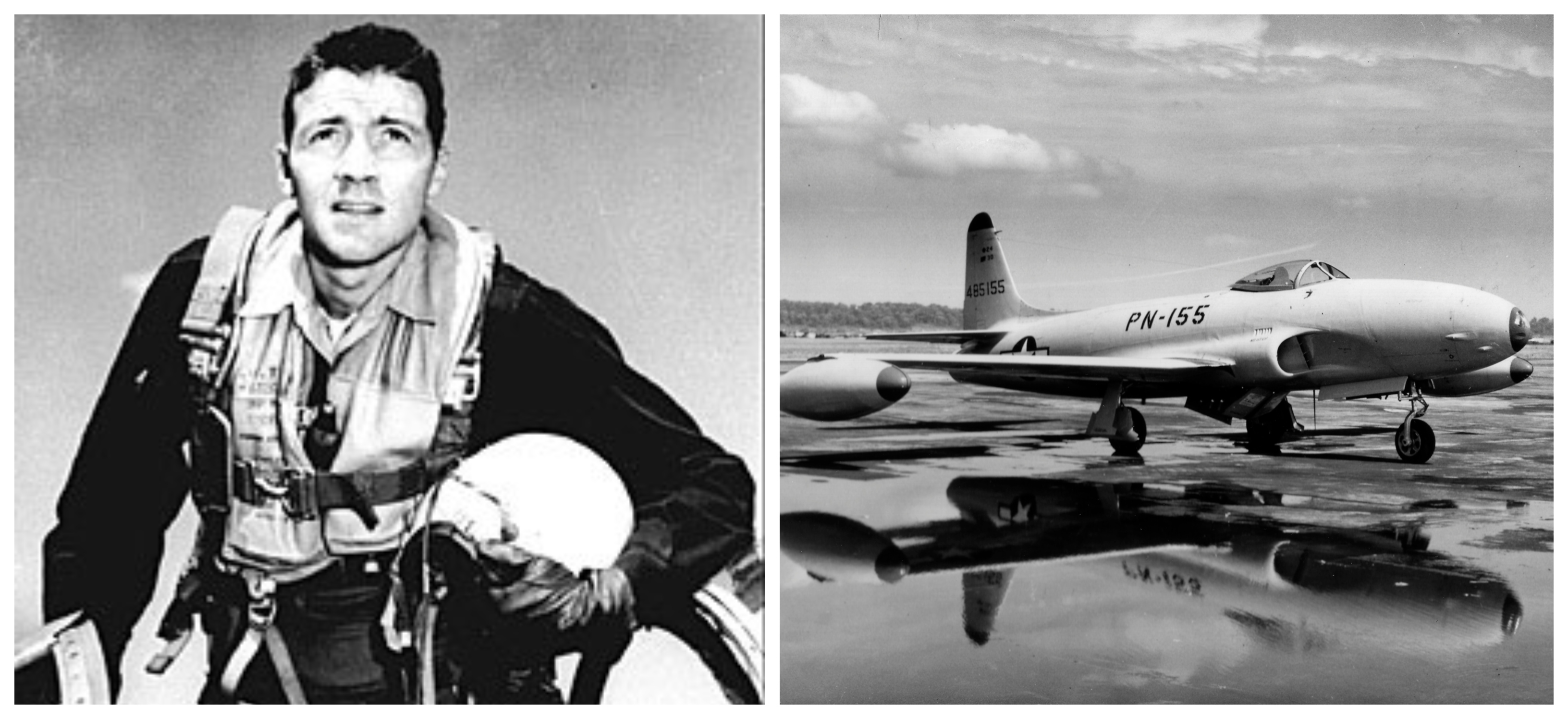
Colonel John Boyd was an enlistee in the Army Air Corps late in World War II. With the war ending quickly, he went on to be a pilot in the Korean conflict, and was later invited to the most prestigious fighter training school of the time. It was here that he would develop his most well known approach: the OODA loop.
Using his approach, Boyd was the top pilot/instructor of his time, challenging all comers with his 40-second challenge. The challenge was that he could, from a position of disadvantage, have a superior position in 40 seconds or less. The Vietnam War validated the need for a radical change in air combat, as the 10:1 kill ratio enjoyed during Korea degraded to 1:1. Bigger and more powerful aircraft were losing to smaller, quicker challengers.
Fundamentally, the OODA loop is short for Observe, Orient, Decide and Act. Boyd recognized the power of establishing scan and processing that would allow a war fighter to complete each step both more effectively and faster than their opponent. By keeping this flow in combat, the well-trained pilot is always “inside” the ability of his opponent to react, resulting in much better outcomes.
What Can we Borrow from this for Innovation in Firms?
One persistent question I get from clients is this: “how do I move from innovation “events” to innovation that has a material effect on my firm?”
The seeds of the answer is embedded in the story of the loop.
Breaking down the challenges to innovation at scale, many firms are capable of getting to the innovation demonstration phase, given enough time. At this point, one of two things usually happens:
- The first is that once these projects get to a milestone of feasibility, victory is declared without taking the insights gained to scale
- The second is that the firm does not cycle around the loop on a continuous basis to set itself up for cycles of learning and success
To build a growing and valuable capability, the firm needs to mine the insights and institutional learning that enables the next team to get better and improve the process. If these cycles are separated by enough time, that cumulative learning is lost and the restart will lead to another round of “innovation petting zoo” activity, and so on.
Two observations to break this cycle:
- The first is be sure to guide your innovation work towards real problems (see the FCP process), which will make the outcomes much more relevant to core operations. One could argue that Boyd’s work may not have seen the light of day without the miserable statistics of the kill ratio in Vietnam. Boyd had a highly relevant insight to a timely problem.
- Secondly, you need to use the OODA loop yourself to be sure to Decide and Activate enough innovation to keep a learning loop alive in your firm. Without some exercise, these system atrophy quickly.
Your firm takes it cues very accurately from what your senior team does versus what it says, so I coach my clients to always having an active pipeline of adjacent projects underway – with an annual review at a minimum. There is a strong shift to a “two engine” culture, where leaders are strengthening the core and getting the next business ready to run at scale.
The Subtle Takeaways
Many authors have spoken of the OODA loop in strategy, but to be complete, we must also admire its implementability, as well. I have helped multiple clients put together systems that have markedly increased their core innovation capability at scale.
I worked with one team that delivered highly-custom versions of devices at large scale. Because of a change in the technology of the upstream application, the demand for custom designs doubled overnight, becoming a significant business bottleneck. By carefully reviewing the design process, we were able to improve the simulation tools to remove a redundant prototype cycle, cutting the overall cycle time of design by 34 percent. This put the client weeks inside ahead of their competitor, and well inside their “OODA” loop, creating significant advantage that persisted for years.
One final story: while leading a corporate operations team, I worked with multiple international sites on continuous improvement – in this case, cycle time. We gave many plants the same set of tools and training on how to 10x their products and processes. As happens too frequently, the strategic objectives shifted and we did not keep up the feedback loops as was intended. Several years later, I had a chance to visit one of the plants in a remote Asian location for some new product start-up work I was doing. The process team proudly showed me their progress, which was exceeding their benchmarks over a seven-year period – true sustainability.
Wrapping it Up
All breakthrough work in large firms is done locally, not globally, and the processes and tools must be designed to be locally relevant, useful and self contained.
Are there a raft of other considerations – i.e, culture, leadership and vision? You bet, but I would argue that the right local project structure, team and plan will trump the most intricate global rollout.
If you’d like to talk about how the cycle of FCP, STRIDE and CGL can get a growth loop established in your firm, please call me at 847-651-1014 or use this link to set up a 20-minute, (no-strings-attached) consult.

